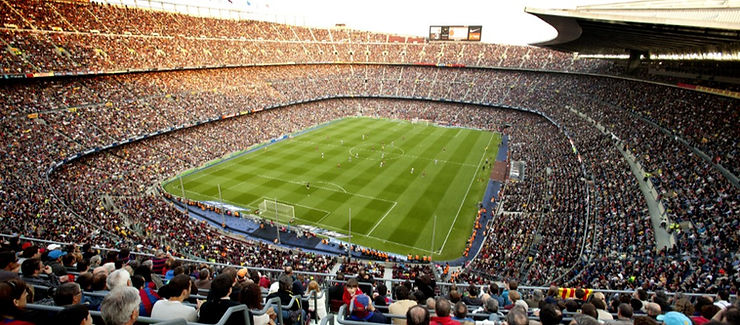By: Andrew Tao
Every time something other than football and soccer comes to the LA Coliseum, the carefully tended grass gets ruined.
Scott Lupold is the grounds manager at the Coliseum and he is responsible for maintaining a pristine field. His field is not the only one that must adapt to different configurations, but, in the 100 years since it opened, the Coliseum has learned a few tricks when switching from grass to dirt, asphalt, ice, and even snow.
“The Coliseum wasn’t built for just one purpose,” says Frank Guridy, a Columbia University professor who studies the civic impact of stadiums and arenas. “It’s a good, old-fashioned, single-tiered facility big enough to accommodate a bunch of different things.”
The stadium has been getting many extreme makeovers since its opening in 1923, involving a long, trial and error process.
One of the first errors of the trial and error process was in the summer of 1936. The Coliseum booked Sonja Henie, figure skating champion of the 1932 Olympics, for a performance. Engineers laid coils across the field and used ice-making machines to create an 80-foot-long rink. However, this was a massive failure as this refrigeration system stood no chance against the Californian June sun. As a result, the show was cancelled.
Today, these errors are very rare. For example, when the LA coliseum had to change their grass to asphalt for the NASCAR exhibition race, they were able to easily transform the entire stadium by removing the grass, placing asphalt on, and steamrolling it.
The LA Coliseum has some of the richest history in the United States. “Since its construction in 1923, it has hosted countless sport events and shows of all types and will continue to in the future”











